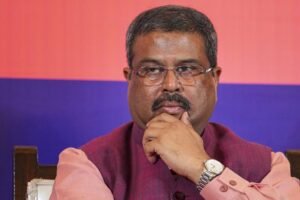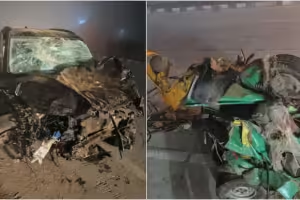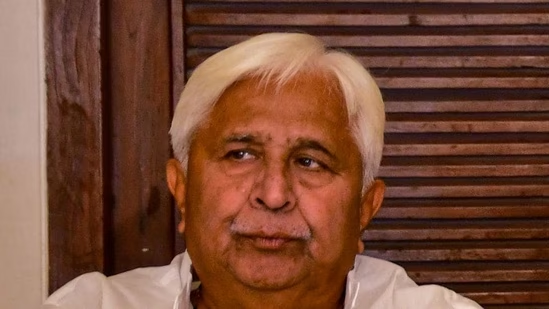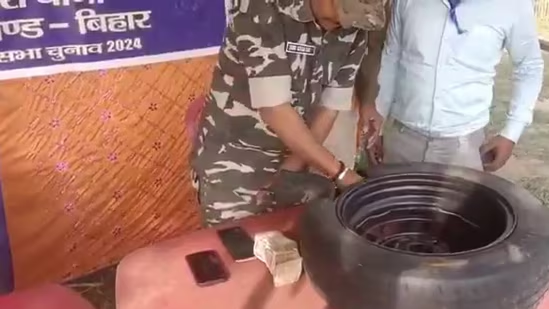At the same time, he added that it is not necessary to accept his demand or even outrightly reject the same. The rationale was that any agreement should ensure Sheikh’s political survival which was directly related to the fact that an agreement between the two should have public approval, particularly in the J&K region, especially in the Kashmir valley of this situation was palpable, despite the surrounding uncertainty.
Ethnic and Regional Contestations in Jammu and Kashmir: Challenges and the Need for Bridge-Building
PM Gandhi agreed to this wise suggestion as it was a win-win and this provided the overall framework to the February 1975 Beg-Parthasarthy accord that brought Sheikh Abdullah back to mainstream politics. The agreement enabled Sheikh Abdullah to retain his popularity in Kashmir valley till his death in 1982, despite the uncertainty surrounding political landscapes.
Omar Abdullah criticized PDP’s resolution; NC’s Surinder Choudhary introduced a draft supporting special status while balancing nationalist concerns amidst the prevailing.
Support for Article 370’s abrogation grew, with Mayawati backing it. However, concerns over its impact on J&K’s residents and lingered.
The Pahari community’s demand for ST status, pending since the 1980s, was left unresolved by the NC government, leading to feelings of neglect and further.
This brings to the larger goal of bridge-making across communities and regions in a context of Jammu and Kashmir’s ethnic or regional contestations which are a vital component of the “Kashmir tangle”. Yet this subject has remained under-researched, even though it requires rigorous inter-disciplinary knowledge. To understand this subject better one requires a grip over the components of J&K and its creation.
Challenges Ahead for Jammu and Kashmir’s New Political Executive
Jammu and Kashmir, a 19th-century merger of diverse regions, was one of the largest and most diverse princely states, but a new seat alone can’t adequately address its unique challenges.
To avoid nation-wide ramifications, J&K’s political leadership must focus on long-term solutions, decentralizing power to regional, district, and local levels to fully implement federalism and ease the executive’s burden.
The ongoing national security challenge in J&K, marked by militancy and cross-border infiltration, requires closer cooperation between the J&K government, the center, and agencies to address transnational threats effectively amid the prevailing uncertainty.
Unscrupulous and anti-national elements are using the route as a conduit for Hawala money, drugs and weapons, under the garb of this trade.” It further said, “Investigations have further revealed that some individuals, who have crossed over to Pakistan, and joined militant organizations have opened trading firms in Pakistan.
Broadly, in a context of militancy, the political executive in J&K should be proactive in creating and fortifying a civilian deterrence to militancy. By curtailing J&K political executive’s powers, via weaning away police from its jurisdiction, makes the J&K political executive a bystander on the foremost challenge facing the people of J&K. There is no assurance that the thirty-five-year-old chapter of militancy in J&K will end with the restoration of statehood.
There are no easy, quick-fix solutions given the uncertainty and challenges confronting the new executive, adding of the situation.










